See who says: The birth of a videophone
- Transfer
Hello, Habr!
This morning I came across this article on the history of the videophone. I decided that I needed to translate it as soon as possible and share it with you. No sooner said than done.
The videophone always seemed the obvious next step in the evolution of the phone. So they tried to develop this concept for decades. And now there is video communication, but it looks a little different than it was imagined.

The fantasy of man drives progress. First, we dream about something, then we create it. The invention of the telephone apparently gave Thomas Edison the inspiration to write this article on the scan.
In an article in 1878, Edison described a device called the Telephonoscope. It is capable of transmitting images and sound, so that relatives located far from each other can communicate.
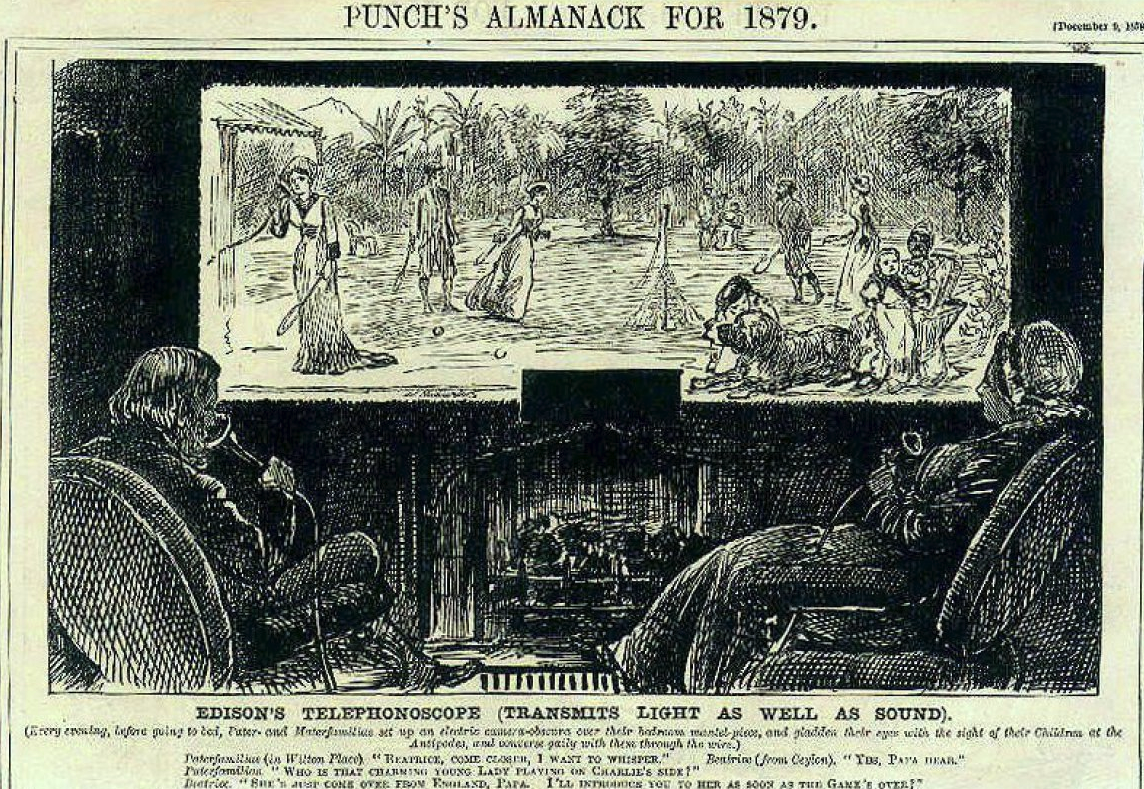
Bella Telephone Lab, a research division of the company, began working on a telephone with image transfer in the 1920s. At the head of the team was the television scientist Dr. Herbert Eaves. In 1927, a prototype was tested that transmitted audio and video from Washington to the AT&T New York office.
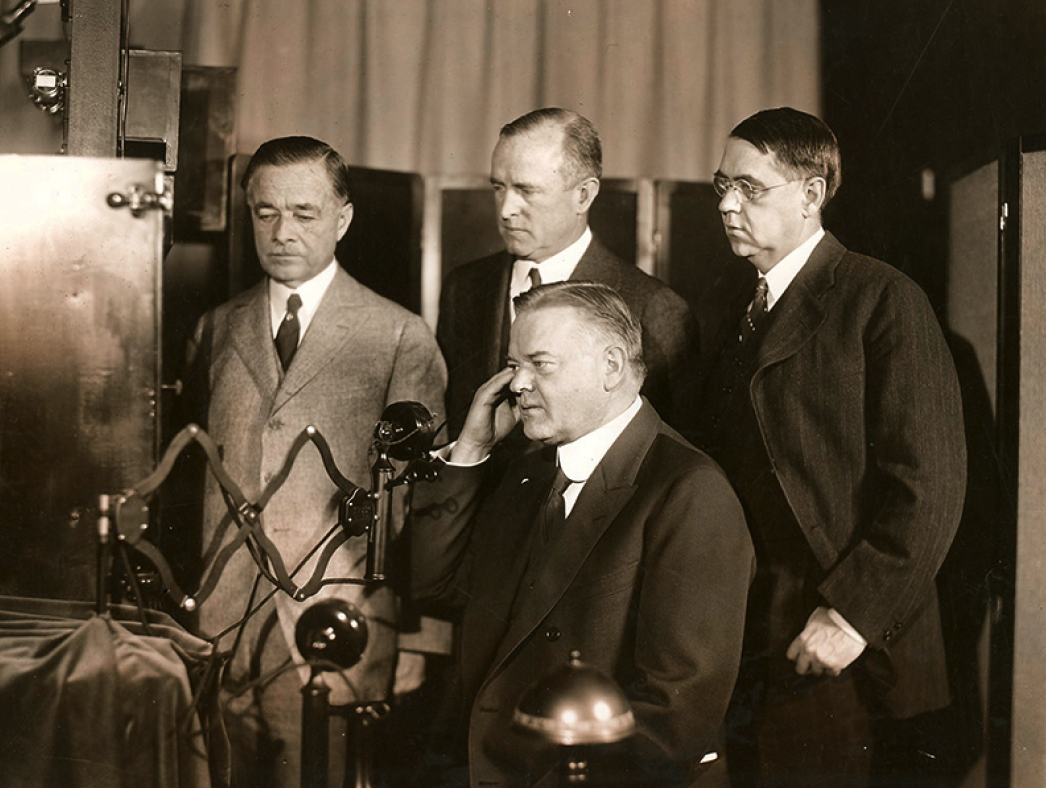
AT&T President Walter Gifford in this image is in the Bell Labs office in New York and is receiving a call from Herbert Hoover. The interlocutors had the opportunity to talk with each other, but the picture was transmitted only in one direction. 18 frames were transmitted per second.
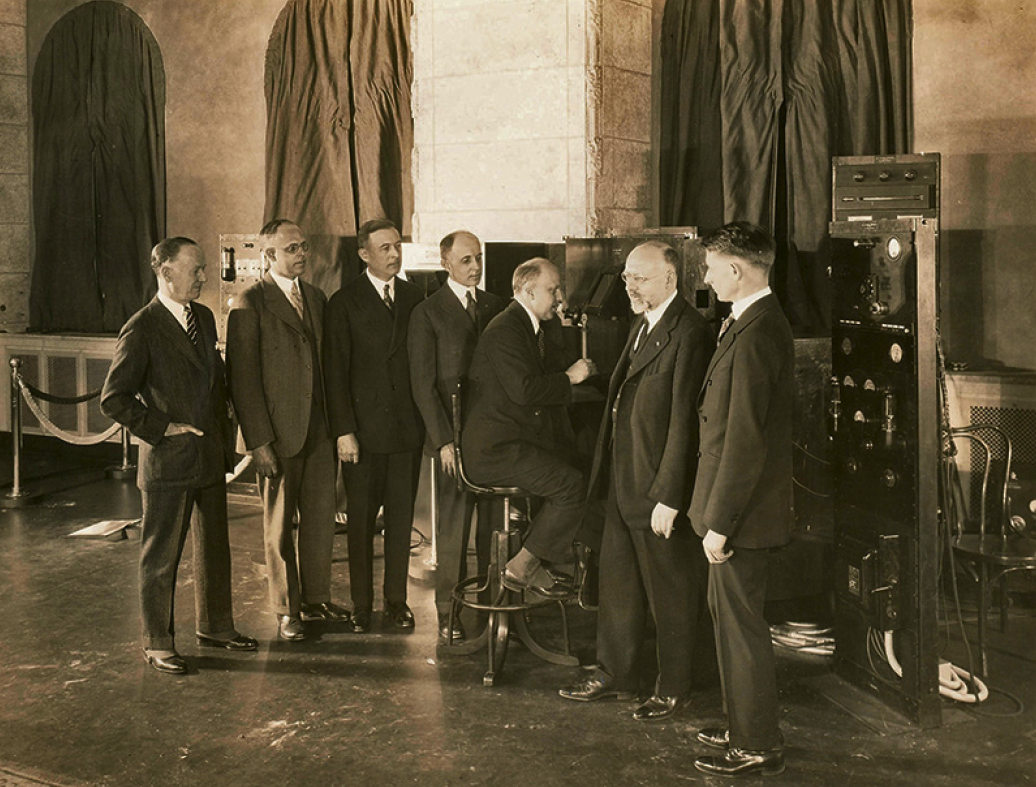
In 1929, these one-way videophones became colored. Unlike this photo.
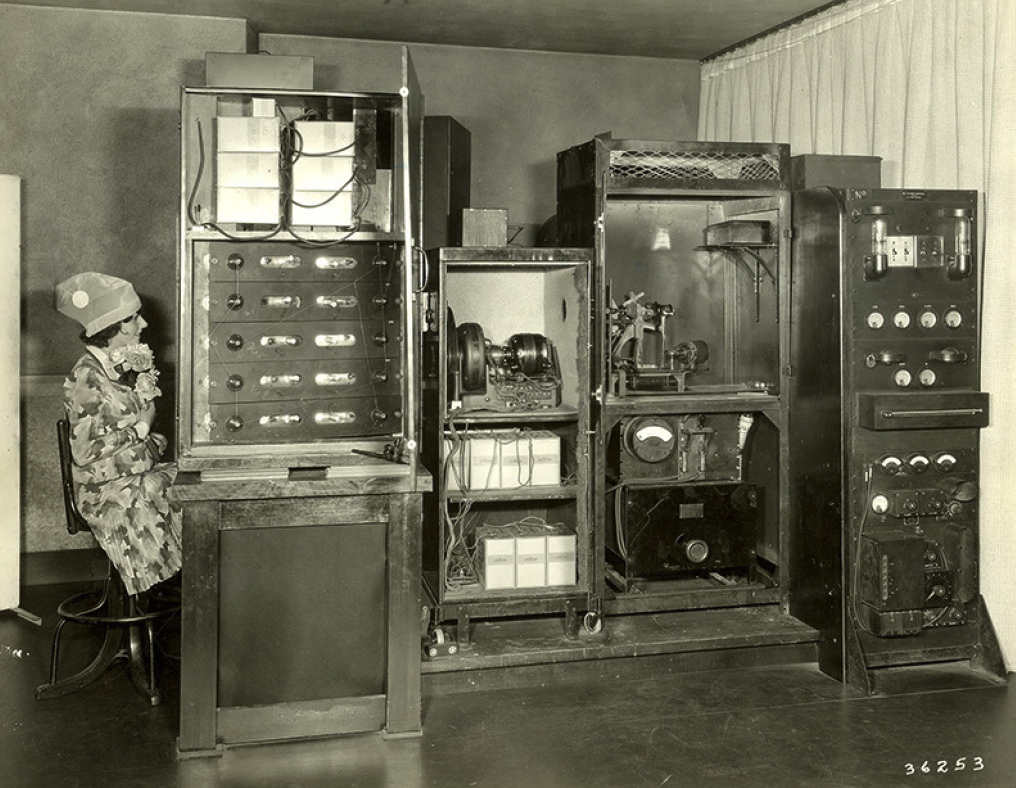
By 1930, Bell Laboratories created a working model of a two-way videophone, which received the name “Iconophone”, from the Greek words “image” and “sound”.
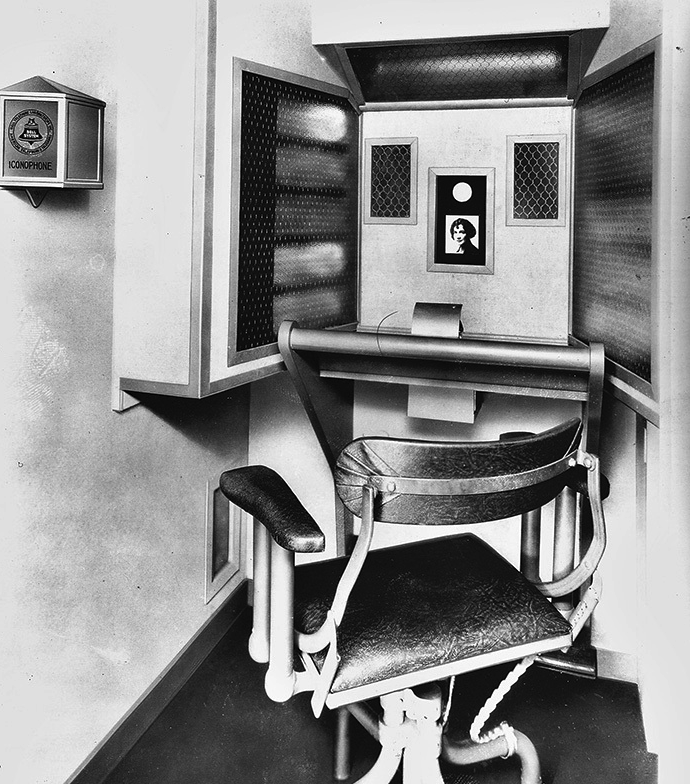
In 1927, videophone communication became more well-known to the public thanks to the sci-fi film Metropolis.
The first public two-way video communication service began operating in 1936 in Germany, in post offices. People in Berlin could see friends or relatives from Leipzig face to face. But with the outbreak of World War II, the service was gone.
After decades of development, AT&T completed the Kartikofon test system by 1956. But this device could transmit only one frame in two seconds. An experimental version was presented in 1964.
This year, this "picture phone" (because it was not a video after all) was presented at the World's Fair in Queens, New York. The first transcontinental video call from the Bell Systems Pavilion to Disneyland California took place there.
Unfortunately, the public met this miracle of technology not very warmly. Image quality was irregular, controls were complex. What can we say about the price.
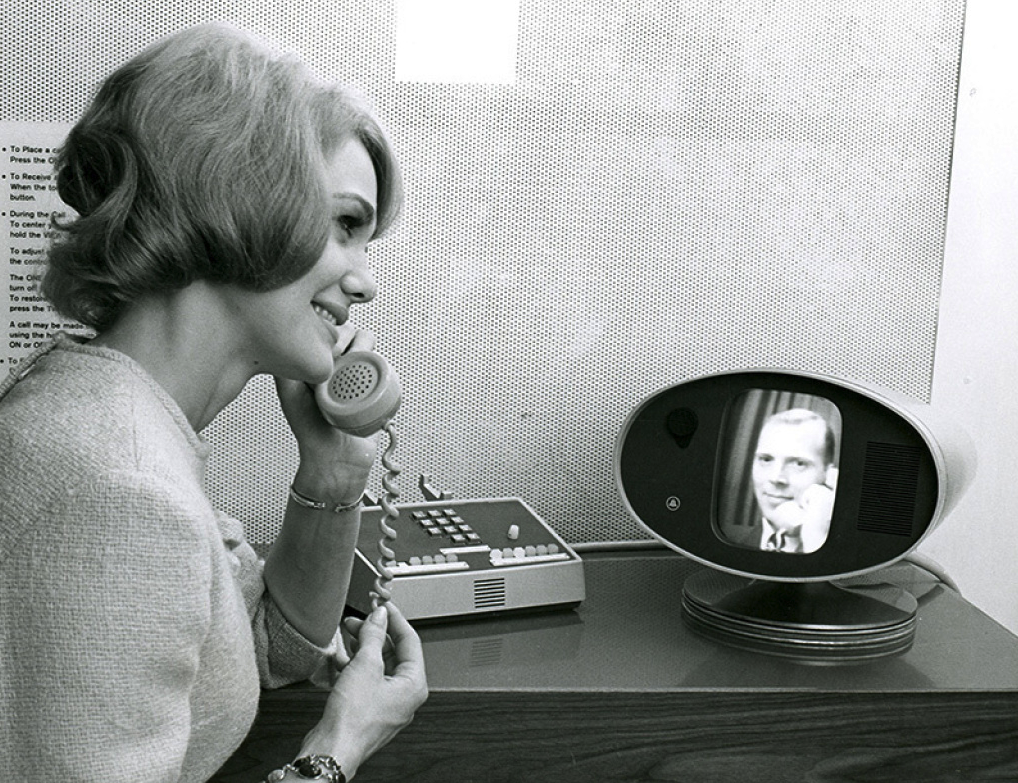
While AT&T was trying to promote personal video calling systems, the British Post Office (later British Telecom) was working on its own enterprise solution. Conference studios appeared in 1967, reaching a new level of interaction for business and government.
Two or three of these studios could work simultaneously, providing video conferencing for one conference.
At first, technology was limited to London, but pretty soon got to other cities in Britain and Europe.
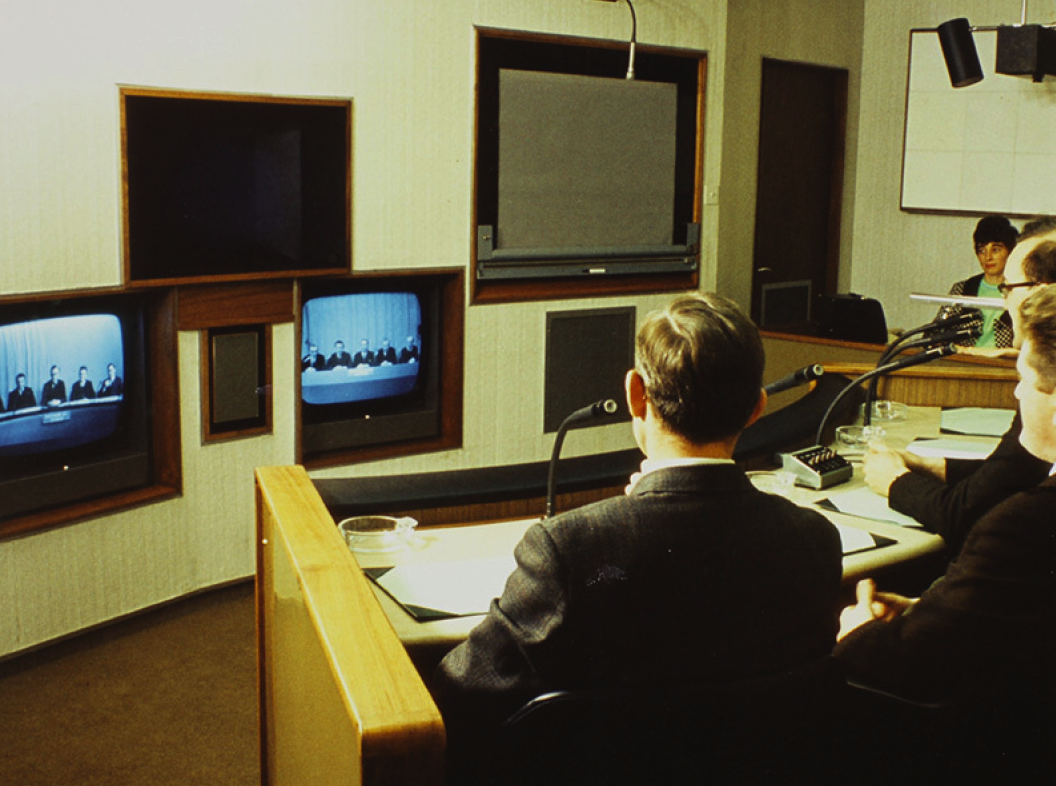
Despite the unpleasant reviews, AT&T continued to work on the picture phone. Systems were installed in New York, Chicago, and Washington. Video calls cost between $ 16 and $ 27 for a three-minute session. It seems to be inexpensive, at first glance, if you forget that it is about 120-200 dollars today.
Commercial service was launched in 1970. A monthly subscription cost $ 160, which included only 30 minutes of video calling.
That's just people used the system more often in order to share documents.
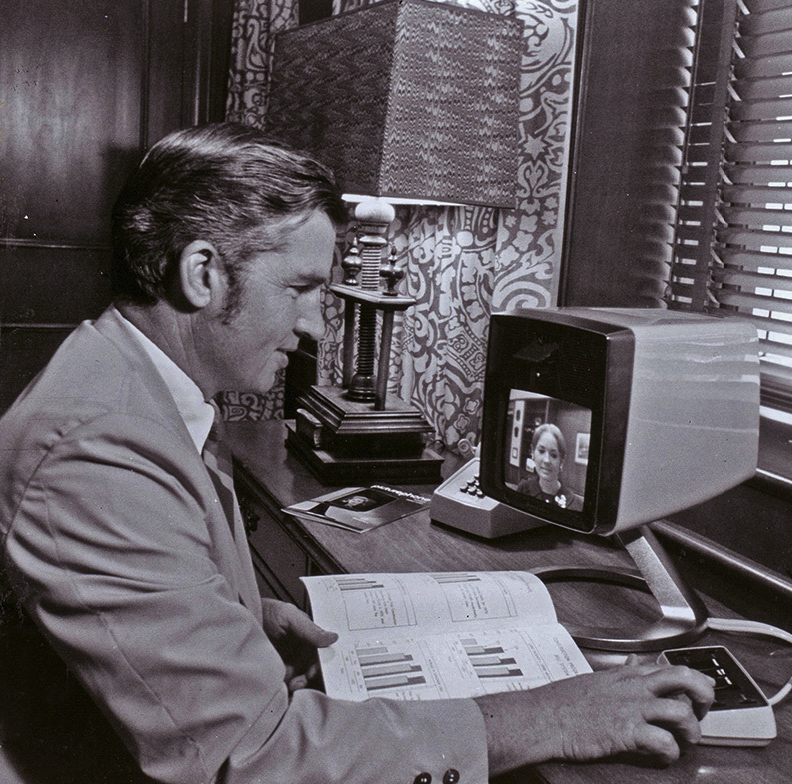
Ericsson, a Swedish electronics and communications manufacturer, was so inspired by AT&T technology that he began working on his own line of video phones in the mid-1960s.
As well as the AT&T test group, users preferred to share documents instead of chatting via video.
The project was curtailed in 1977.
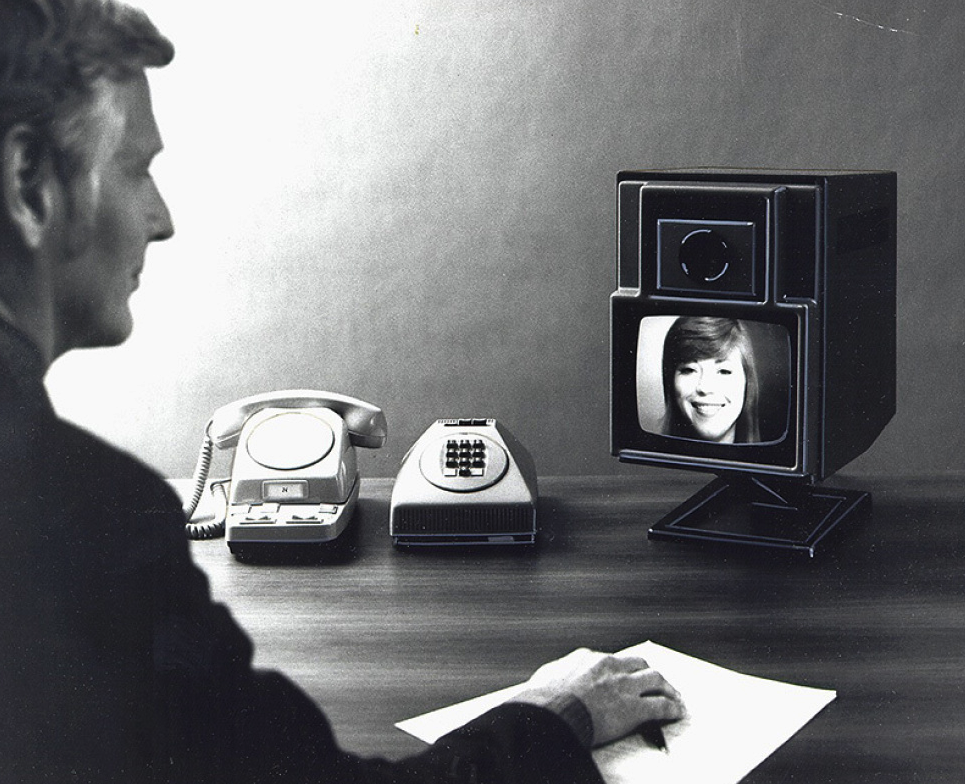
Despite sixty years of development, AT&T could not make a videophone successful in the market.
In 1992, AT&T launched the VideoPhone 2500. This hybrid device worked over a telephone line and could be used as a regular phone for audio calls, but, in addition, it was able to transmit color video. The price at the time of product launch was $ 1,600, but in 1993 the company had to make discounts of 500 bucks. The consumer was not ready for such a “future."
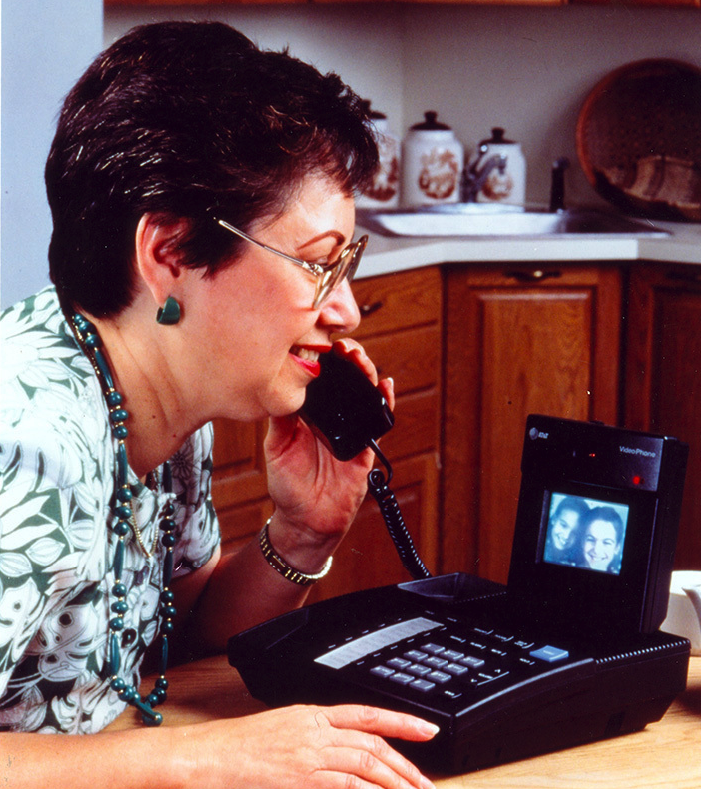
In 1999, Kyocera introduced the first mobile videophone. The VisualPhone VP-210 was equipped with a front-facing video camera. But the frame rate was not very high - two per second.

The first webcam appeared on the market in 1994 - Connectix QuickCam. But for the video, it was of little use. Video in 2003, Apple tried to promote the masses with the iSight camera, adding video chat capabilities to iChat. In the same year Skype was founded.
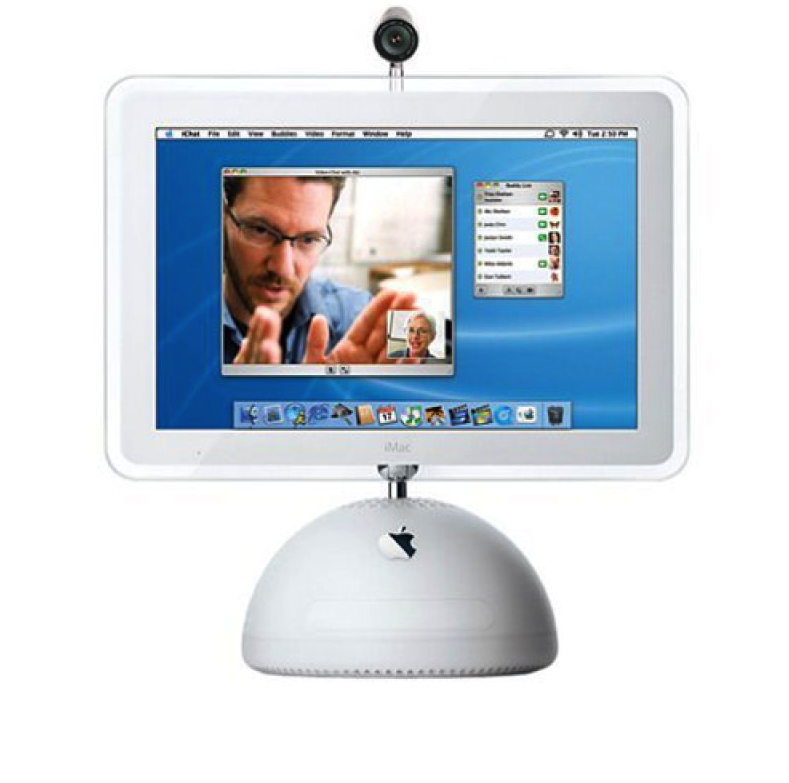
Video chats began to be used by ordinary users. But the main money is not with them, but in the corporate and government sectors. Therefore, in 2006, integrated systems such as Cisco TelePresence 3000 and Polycom's RPX 400 began to appear. They provided high-resolution video in turnkey conference rooms, as well as in workplaces (here - for document exchange).
The cost of such projects ranged from $ 300,000.

Although computers and mobile devices could already support video communications in 2010, iron manufacturers passionately wanted to create products for their introduction into the home to the consumer.
In 2010, Cisco shot this ad with Ellen Page, a Canadian actress. So the company tried to promote the Umi telepresence system. In 2013, the production of this system was closed.
Robots in the photo were made jointly by iRobot, a manufacturer of robotic vacuum cleaners, and Cisco. The model received the name Ava 500. This telepresence system allows an employee of the company to communicate with colleagues from afar, while walking around their office like a ghost. But the cost of such a robot is 70 thousand dollars apiece.
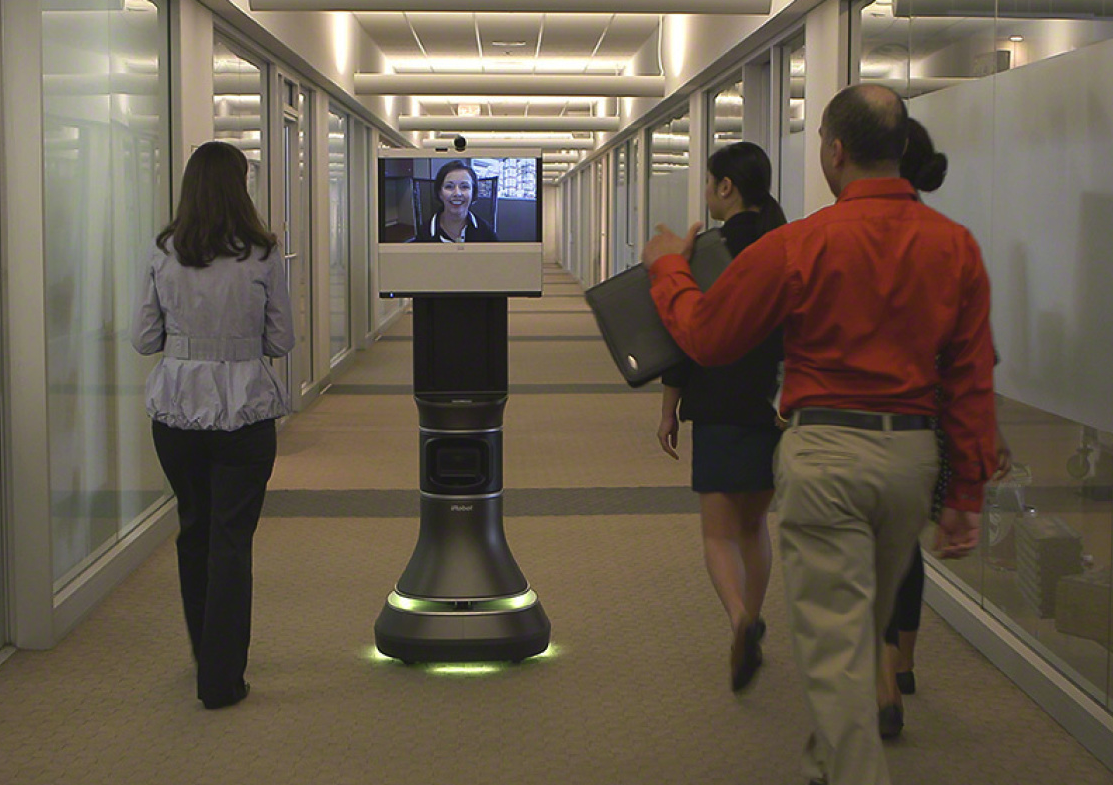
Interesting:
An old advertisement for cell phones and smartphones (from the 1980s to the end of the 2000s)
Leonid Kupriyanovich and his mobile phones
30 years of the first commercial call on a portable cell phone
This morning I came across this article on the history of the videophone. I decided that I needed to translate it as soon as possible and share it with you. No sooner said than done.
The videophone always seemed the obvious next step in the evolution of the phone. So they tried to develop this concept for decades. And now there is video communication, but it looks a little different than it was imagined.

Telephone scope
The fantasy of man drives progress. First, we dream about something, then we create it. The invention of the telephone apparently gave Thomas Edison the inspiration to write this article on the scan.
In an article in 1878, Edison described a device called the Telephonoscope. It is capable of transmitting images and sound, so that relatives located far from each other can communicate.

Can you see me?
Bella Telephone Lab, a research division of the company, began working on a telephone with image transfer in the 1920s. At the head of the team was the television scientist Dr. Herbert Eaves. In 1927, a prototype was tested that transmitted audio and video from Washington to the AT&T New York office.

Hoover in touch
AT&T President Walter Gifford in this image is in the Bell Labs office in New York and is receiving a call from Herbert Hoover. The interlocutors had the opportunity to talk with each other, but the picture was transmitted only in one direction. 18 frames were transmitted per second.

Color communication
In 1929, these one-way videophones became colored. Unlike this photo.

Iconophone
By 1930, Bell Laboratories created a working model of a two-way videophone, which received the name “Iconophone”, from the Greek words “image” and “sound”.

Movie Magic
In 1927, videophone communication became more well-known to the public thanks to the sci-fi film Metropolis.
The first public two-way video communication service began operating in 1936 in Germany, in post offices. People in Berlin could see friends or relatives from Leipzig face to face. But with the outbreak of World War II, the service was gone.
World Exhibition Debut
After decades of development, AT&T completed the Kartikofon test system by 1956. But this device could transmit only one frame in two seconds. An experimental version was presented in 1964.
This year, this "picture phone" (because it was not a video after all) was presented at the World's Fair in Queens, New York. The first transcontinental video call from the Bell Systems Pavilion to Disneyland California took place there.
Unfortunately, the public met this miracle of technology not very warmly. Image quality was irregular, controls were complex. What can we say about the price.

Confravision
While AT&T was trying to promote personal video calling systems, the British Post Office (later British Telecom) was working on its own enterprise solution. Conference studios appeared in 1967, reaching a new level of interaction for business and government.
Two or three of these studios could work simultaneously, providing video conferencing for one conference.
At first, technology was limited to London, but pretty soon got to other cities in Britain and Europe.

Launching a picture phone
Despite the unpleasant reviews, AT&T continued to work on the picture phone. Systems were installed in New York, Chicago, and Washington. Video calls cost between $ 16 and $ 27 for a three-minute session. It seems to be inexpensive, at first glance, if you forget that it is about 120-200 dollars today.
Commercial service was launched in 1970. A monthly subscription cost $ 160, which included only 30 minutes of video calling.
That's just people used the system more often in order to share documents.

Swedish envy
Ericsson, a Swedish electronics and communications manufacturer, was so inspired by AT&T technology that he began working on his own line of video phones in the mid-1960s.
As well as the AT&T test group, users preferred to share documents instead of chatting via video.
The project was curtailed in 1977.

Videophone that no one needs
Despite sixty years of development, AT&T could not make a videophone successful in the market.
In 1992, AT&T launched the VideoPhone 2500. This hybrid device worked over a telephone line and could be used as a regular phone for audio calls, but, in addition, it was able to transmit color video. The price at the time of product launch was $ 1,600, but in 1993 the company had to make discounts of 500 bucks. The consumer was not ready for such a “future."

Let's meet
In 1999, Kyocera introduced the first mobile videophone. The VisualPhone VP-210 was equipped with a front-facing video camera. But the frame rate was not very high - two per second.

Where without apples
The first webcam appeared on the market in 1994 - Connectix QuickCam. But for the video, it was of little use. Video in 2003, Apple tried to promote the masses with the iSight camera, adding video chat capabilities to iChat. In the same year Skype was founded.

Premium video calling for people in suits
Video chats began to be used by ordinary users. But the main money is not with them, but in the corporate and government sectors. Therefore, in 2006, integrated systems such as Cisco TelePresence 3000 and Polycom's RPX 400 began to appear. They provided high-resolution video in turnkey conference rooms, as well as in workplaces (here - for document exchange).
The cost of such projects ranged from $ 300,000.

Turn on, mood and talk
Although computers and mobile devices could already support video communications in 2010, iron manufacturers passionately wanted to create products for their introduction into the home to the consumer.
In 2010, Cisco shot this ad with Ellen Page, a Canadian actress. So the company tried to promote the Umi telepresence system. In 2013, the production of this system was closed.
Talking heads
Robots in the photo were made jointly by iRobot, a manufacturer of robotic vacuum cleaners, and Cisco. The model received the name Ava 500. This telepresence system allows an employee of the company to communicate with colleagues from afar, while walking around their office like a ghost. But the cost of such a robot is 70 thousand dollars apiece.

Interesting:
An old advertisement for cell phones and smartphones (from the 1980s to the end of the 2000s)
Leonid Kupriyanovich and his mobile phones
30 years of the first commercial call on a portable cell phone
